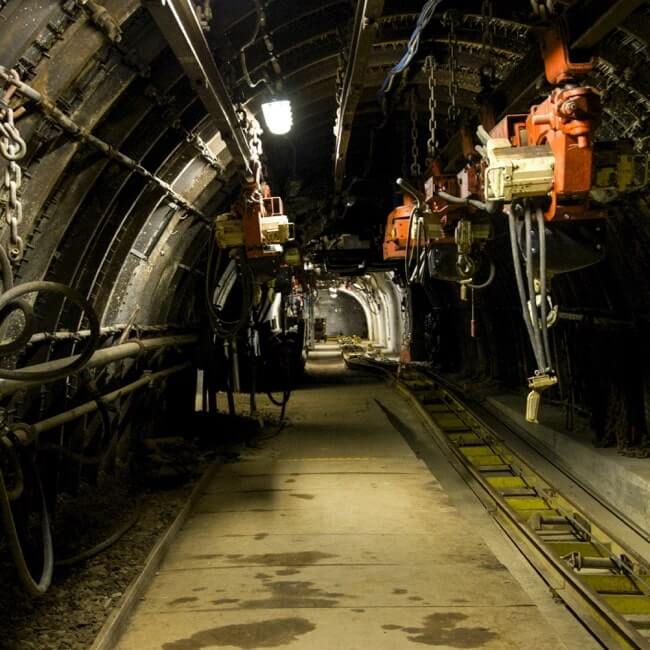How does Education meet Institutional innovation in LatAm?

As part of the LatAm Leaders Forum, we are building a new map for sustainable growth in the region. For any country, the cornerstone of development is education. Political, business and academic leaders will share their views on how innovation can prepare the region for changes ahead.
Latin America is still far behind in many areas, from Research & Development to the state of university education. Some countries like Chile are struggling to grant free college education for the poor, while in many other nations school is still an option for millions of children.

What is going on?
International evidence shows that quality education is fundamental to economic growth and development. The Inter-American Development Bank (IDB), for instance, supports Latin American and Caribbean countries in their efforts to promote effective teaching and learning among all children and youth in the region.
In one hand, according to the Bank, Latin America, and the Caribbean have managed to expand the infrastructure and school equipment to meet higher demand for education and improve learning conditions:
In gross numbers, Latin America,
- Spends 5% of its Gross National Income (GNI) in education
- 2 out of 3 children are attending preschool
- Secondary education enrollment has reached 80%
Preschool enrollment across the region increased in the past 20 years. According to the United Nations Educational, Scientific and Cultural Organization (UNESCO), as of 2013, the gross enrolment ratio for pre-primary education is a 100% in Chile and 99% in Mexico, but only 68% in Argentina, 55% in Bolivia, 77% in Peru and 54% in Colombia.
In the future, countries in the region should expand school infrastructure to:
- Adapt to extended school trends
- Reach universal access in preschool and secondary education
- Improve spaces to meet new learning methodologies.
However, according to the IDB,
- Architectural and administrative norms are complex and hinder implementation processes.
- Many countries do not have adequate tools to collect and analyze information about their schools' physical conditions
- Cost planning and construction scheduling are reduced.
- Technical profiles needed to address different project dimensions are not always available.
CLICK HERE TO SEE THE COMPLETE LIST OS SPEAKERS FOR LATAM LEADERS FORUM
This lack of tools leads to structural problems. According to UNESCO, there is a lack of convergence between the public and the private sector in terms of research & development. Even though Latin America is adopting funding mechanisms to foster public and private research, there is still a divergence with high-income countries regarding spending.
"Good governance is good for science" according to UNESCO.
According to the UNESCO Science Report Towards 2030, the private sector has a lot to do. While countries such as Argentina, Mexico, and Brazil equal levels of public research funding regarding percentage of GDP to countries such as China, the UK, and Poland, their private sector contribute far less to R&D than developed counterparts.
In summary, the region accounts for just 1.5% of global business expenditure on R&D; North America is 29.3%, Japan and Asia are 21.7%, while Western Europe is 19.7%.
"Science powers commerce - but not only," the report states. "Commerce and Government need to power modern science in tandem. Both will be necessary to meet the Sustainable Development Goals to 2030."
UNESCO concludes that "Latin American countries will need to design long-term public policies that extend beyond a single term of government. Private knowledge creation remains dominated by a minority of countries.
Taken together, the European Union, China, Japan, Republic of Korea and USA hold nine out of ten triadic patents in the world" and that the region "should use existing regional integration mechanisms (UNASUR, MERCOSUR, Andean Community...) to foster regional scientific integration and address the region's sustainability agenda."

Learning in 21st-century schools
This IDB program helps countries exchange best practices to improve design, planning, and management of educational infrastructure, and is working on:
- Argentina
- Barbados
- Chile
- Colombia
- Costa Rica
- Guatemala
- Honduras
- Jamaica
- Mexico
- Paraguay
- Dominican Republic
- Trinidad and Tobago
In the First Phase, the heads of school infrastructure participated in technical workshops to promote the creation of innovative environments that encourage modern school management techniques and help improve school performance.
In the Second Phase, the program focuses on developing mechanisms to improve school infrastructure planning capacity and administration of projects, as well as analyzing he management models in the participating countries, as well as training the staff and assessing regional developments.
However, results from the first phase are a call to action for governments: in 2015, the Bank made a comparative analysis of school infrastructure planning and management systems. They found out that, despite the fact that most countries in the study have national policies that focus on school infrastructure, set clear strategies to prioritize needs and investments.
Except for the cases of Honduras, Mexico and Uruguay -with best practices in this regard- many countries "do not have an information system with current data on school infrastructure to support the implementation of these strategies, and the processes to regularly update this information", the report states.
On the other hand, despite countries' best efforts towards school management, here is a rigid prototype that fails to be adapted to the environments and particular context of each school, and developing educational needs in time.
Subscribe to the leading business intelligence platform in Latin America with different tools for Providers, Contractors, Operators, Government, Legal, Financial and Insurance industries.
News in: Mining & Metals

Alternative fuels: Pioneering Chile dimethyl ether project advancing
Potential offtakers are mining firms, which could use the fuel to trim the emissions of their boilers and diesel-guzzling fleets without major retr...

Why Brazil's lithium sector has not yet taken off
Of the US$64.4 billion of estimated mining industry investments during 2024-28, only US$1.19bn were earmarked for lithium projects.
Subscribe to Latin America’s most trusted business intelligence platform.
Other projects in: Mining & Metals
Get critical information about thousands of Mining & Metals projects in Latin America: what stages they're in, capex, related companies, contacts and more.
- Project: Tahami
- Current stage:

- Updated:
2 weeks ago
- Project: Carina Module
- Current stage:

- Updated:
2 weeks ago
- Project: Nueva Acumulación Quenamari-San Rafael
- Current stage:

- Updated:
2 weeks ago
- Project: El Quevar
- Current stage:

- Updated:
2 weeks ago
- Project: La Chorrera
- Current stage:

- Updated:
1 week ago
- Project: Polo Sur project and Minera Centinela optimization
- Current stage:

- Updated:
2 weeks ago
- Project: Boa Vista
- Current stage:

- Updated:
2 weeks ago
- Project: Cap-Oeste Underground Project
- Current stage:

- Updated:
1 week ago
- Project: Cañón Florida (ex Bongará)
- Current stage:

- Updated:
1 week ago
- Project: Western Malargüe Copper Projects
- Current stage:

- Updated:
2 weeks ago
Other companies in: Mining & Metals
Get critical information about thousands of Mining & Metals companies in Latin America: their projects, contacts, shareholders, related news and more.
- Company: Posco Argentina S.A.U. (Posco Argentina)
-
Posco Argentina, a local subsidiary of the global steel producer based in the Republic of Korea, owns the comprehensive lithium project Sal de Oro, located in the Salar del Muer...
- Company: Quiborax S.A. (Quiborax)
-
Quiborax, founded in 1986, is a Chilean company that mines ulexite from the Surire and Ascotan salt lakes, located in Chile's northern Arica y Parinacota and Antofagasta regions...
- Company: Eramet-Tsingshan
- Company: El Espino SpA
- Company: Butte Energy Inc.
- Company: Quimbaya Gold Inc. (Quimbaya Gold)
-
The description contained in this profile was extracted directly from an official source and has not been edited or modified by BNamericas researchers, but may have been machine...
- Company: Aris Mining Corporation (Aris Mining)
-
The description included in this profile was taken directly from an official source and has not been modified or edited by the BNamericas’ researchers. However, it may have been...
- Company: Connectta Montagens
- Company: Roberto Resources Inc.





